Complete Fitness Gym Website Using HTML and CSS
₹149.00
Creating a fitness gym website using HTML and CSS is an excellent way to boost your gym’s online presence. Start by defining your website’s purpose, such as providing information about classes, membership options, and testimonials. Structure your site with essential pages like Home, About Us, Classes, and Contact. Use HTML to organize your content and CSS for styling, ensuring a visually appealing and user-friendly layout. Incorporate features like contact forms and social media links to enhance user engagement. Regular updates and maintenance are crucial for keeping content fresh and relevant. Launch your website to attract new members and foster community!
Description
Creating a Complete Fitness Gym Website Using HTML and CSS
In today’s digital age, having a strong online presence is crucial for businesses, including fitness gyms. A well-designed website can attract new clients, provide essential information, and enhance your brand image. In this article, we will explore how to create a complete fitness gym website using HTML and CSS. Whether you’re a web development beginner or an experienced coder looking for inspiration, this guide will walk you through the essential components of a functional gym website.
1. Defining the Purpose and Structure
Before diving into coding, it’s important to define the purpose of your gym website. The primary goals typically include:
– **Providing information** about the gym’s services, classes, and membership options.
– **Showcasing testimonials** from satisfied clients.
– **Offering easy navigation** for potential members.
– **Encouraging sign-ups** and inquiries.
Once you establish the goals, outline the website structure. A basic structure might include:
– Home
– About Us
– Classes & Services
– Testimonials
– Contact Us
## 2. Crafting the HTML
HTML (HyperText Markup Language) is the backbone of any website. It defines the structure and content of your site. Here’s a breakdown of how to structure the HTML for your gym website:
### Home Page
The home page should feature a welcoming introduction, images of the gym, and quick links to essential sections. Here’s a sample outline:
“`html
<!DOCTYPE html>
<html lang=”en”>
<head>
<meta charset=”UTF-8″>
<meta name=”viewport” content=”width=device-width, initial-scale=1.0″>
<title>Fitness Gym</title>
<link rel=”stylesheet” href=”styles.css”>
</head>
<body>
<header>
<h1>Welcome to Fitness Gym</h1>
<nav>
<ul>
<li><a href=”#about”>About Us</a></li>
<li><a href=”#classes”>Classes</a></li>
<li><a href=”#testimonials”>Testimonials</a></li>
<li><a href=”#contact”>Contact Us</a></li>
</ul>
</nav>
</header>
<main>
<section id=”about”>
<h2>About Us</h2>
<p>Learn about our mission and the team behind Fitness Gym.</p>
</section>
<section id=”classes”>
<h2>Classes & Services</h2>
<p>Explore our variety of classes designed for all fitness levels.</p>
</section>
<section id=”testimonials”>
<h2>What Our Members Say</h2>
<p>Read inspiring testimonials from our satisfied clients.</p>
</section>
</main>
<footer>
<p>© 2024 Fitness Gym. All Rights Reserved.</p>
</footer>
</body>
</html>
“`
Additional Pages
Each additional page (About Us, Classes, Testimonials, Contact Us) can follow a similar HTML structure, adjusting the content as needed. Use `<section>` tags to delineate different parts of each page for better organization and readability.
3. Designing with CSS
CSS (Cascading Style Sheets) brings your HTML to life with colors, fonts, layouts, and responsiveness. The following aspects are crucial when designing your fitness gym website:
### Layout and Structure
Use CSS to create a visually appealing layout. Flexbox or CSS Grid can be particularly effective for responsive designs that adapt to various screen sizes.
### Styling the Header and Navigation
Ensure the header stands out. Use a bold color scheme that reflects your gym’s branding, and make navigation links easy to read and accessible.
Example CSS
Here’s a simple CSS snippet to get you started:
“`css
body {
font-family: Arial, sans-serif;
margin: 0;
padding: 0;
}
header {
background: #333;
color: #fff;
padding: 10px 0;
text-align: center;
}
nav ul {
list-style-type: none;
padding: 0;
}
nav ul li {
display: inline;
margin: 0 15px;
}
nav ul li a {
color: #fff;
text-decoration: none;
}
main {
padding: 20px;
}
section {
margin: 20px 0;
padding: 15px;
border: 1px solid #ccc;
}
“`
4. Adding Functionality
To enhance user experience, consider adding features such as:
– **Contact Forms:** Allow potential clients to reach out easily.
– **Class Scheduling:** Integrate a calendar or schedule for classes.
– **Social Media Links:** Link to your gym’s social media pages for broader engagement.
– **Responsive Design:** Ensure the site is mobile-friendly by using responsive design principles, which can be achieved with media queries in your CSS.
## 5. Testing and Launching
Once your website is complete, it’s essential to test it across various browsers and devices to ensure consistent performance. Check for any broken links, display issues, and ensure forms are functioning correctly.
After thorough testing, it’s time to launch! Choose a reliable hosting provider and upload your HTML and CSS files. Promote your new website through social media and local marketing efforts to attract visitors.


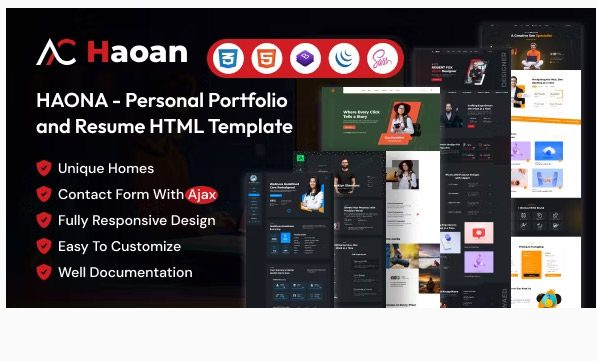
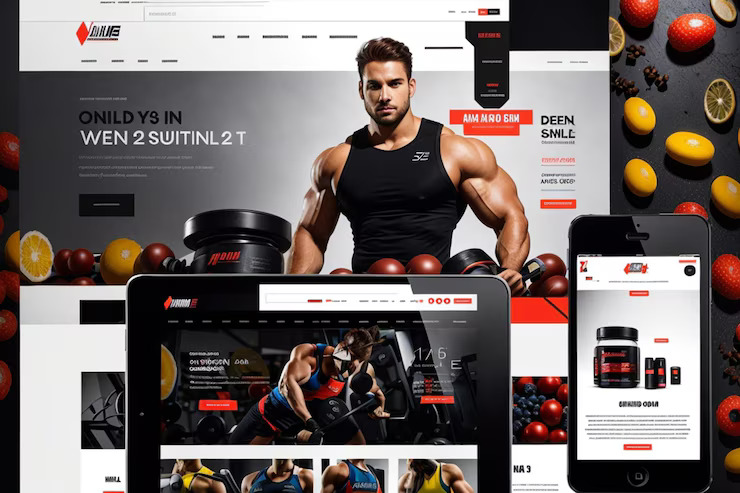
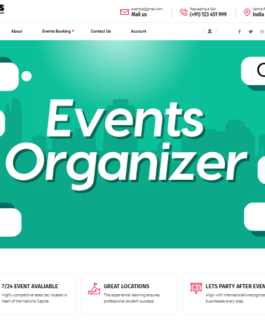
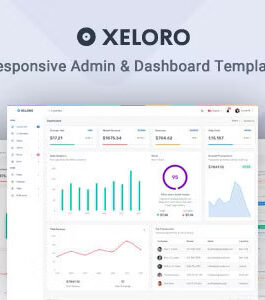
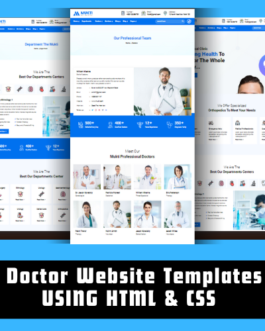
Reviews
There are no reviews yet.